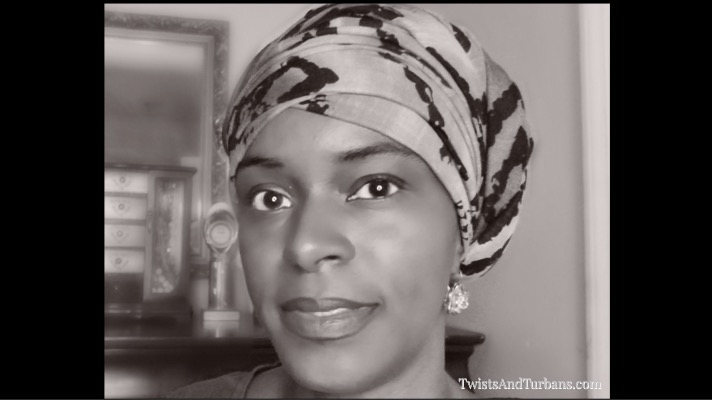
19th Century Head Wrap Styles
Hello Everyone,
After trying different head wraps styles in the past. I’ve decided to implement 19th century head wrap styles . Head wraps have a long history in the United States. I am so thrilled to be a part of it!
The History
During the 19th-century headwrap styles,??ranged from state to state. Here is an article I found that offers information about headwraps during this era.
Originally the head-wrap, or turban, was worn by both enslaved men and women. In time, however, it became almost exclusively a female accessory. The women wear head-wraps, while the men wear hats.
For their white European masters, the slaves’ head-wraps were signs of poverty and subordination. Accounts of clothing distribution show that masters sometimes allotted extra handkerchiefs to their female slaves, ostensibly to be used as head coverings. In fact, in certain areas of the South, legislation appeared that required black women to wear their hair bound up in this manner.
The head-wrap, however, was more than a badge of enslavement imposed on female slaves by their owners. Embellishment of the head and hair was a central component of dress in various parts of Africa, particularly in West Africa. From the time European fabrics were made available to them, African women wore head-wraps similar to those worn by their enslaved counterparts in America.
For these women, the wrap, which varied in form from region to region, signified communal identity. At the same time, the particular appearance of an individual head-wrap was an expression of personal identity.
Detail from the photo of a large group of women wearing head-wraps
In America, the head-wrap was a utilitarian item, which kept the slave’s hair protected from the elements in which she worked and helped to curb the spread of lice. Yet, as in Africa, the head-wrap also created community — as an item shared by female slaves — and individuality, as a thing unique to the wearer. Cassandra Stancil, enslaved in her youth, insisted that she never asked another woman how to tie her head-scarf. “I always figured I could do it,” she said, “I could try and experiment and if not get that, get something that I liked.”The head-wrap was an object of oppression from one vantage point. But from the other, the perspective of the slave community, it was a vehicle of empowerment and a memento of freedom. (Source)

Learn More – The Tignon Head Wrap Laws In Louisiana (here)
Head Wrapping Into The Future
Most 19th century head wrap styles worn by in-slaved black women of the past. Was adopted by and is similar to what is worn in Africa today. Most of all, it not only protects our hair from the elements. It gives our hair a break from the need of constant grooming.
Here is a tutorial on one of many 19 Century head wrap styles using modern day fabric. Enjoy!
IF YOU LIKE THIS VIDEO?.SUBSCRIBE ON YOUTUBE FOR MORE (here)
What do you think about head wraps during the 19th Century?
Until Next Post Stay Tuned,
Ellisha
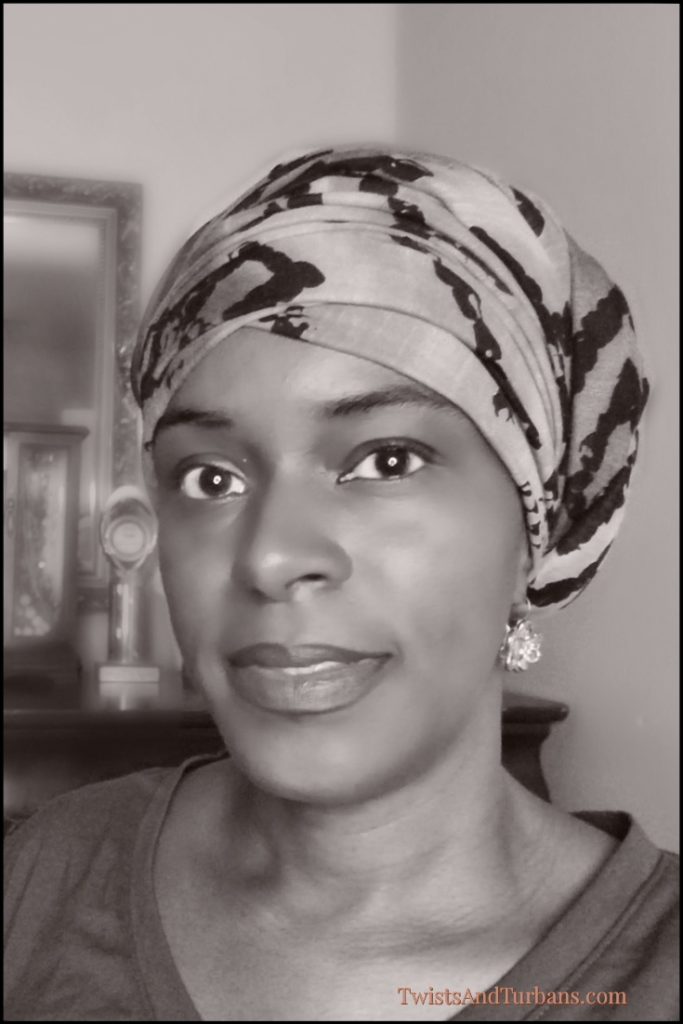


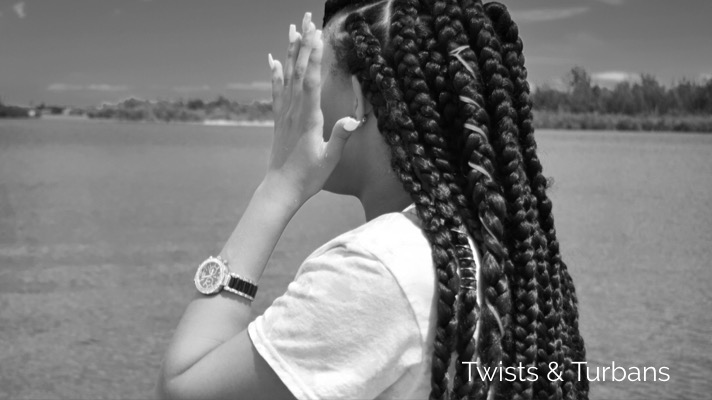
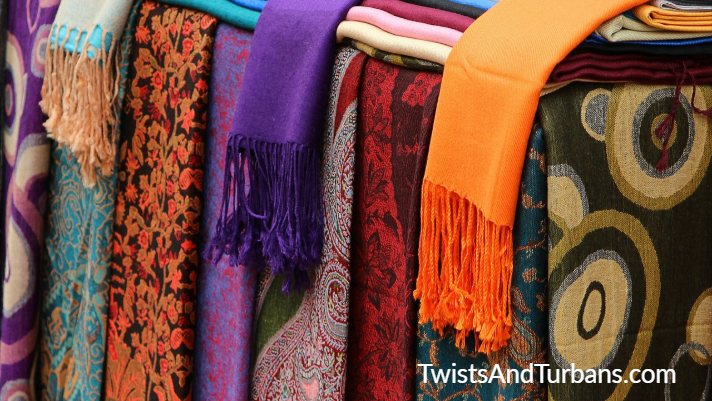
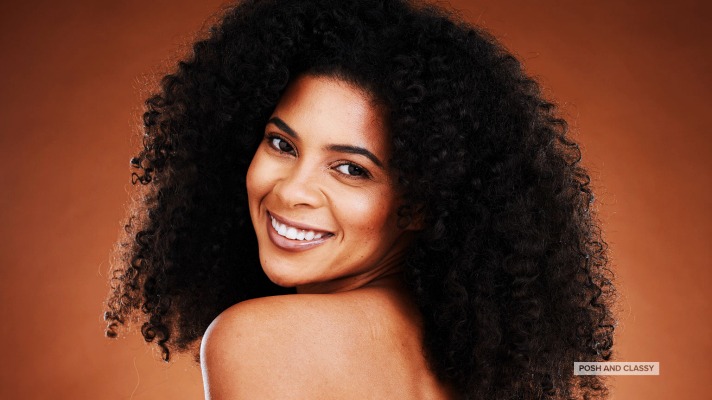
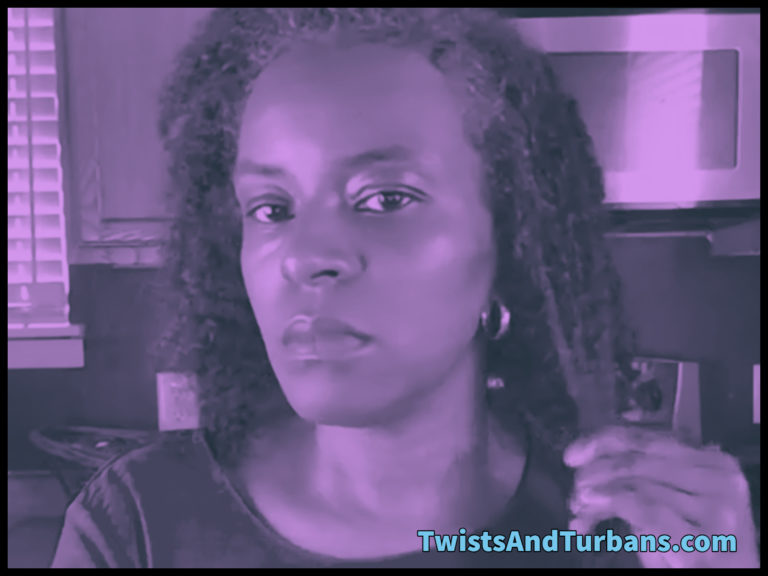
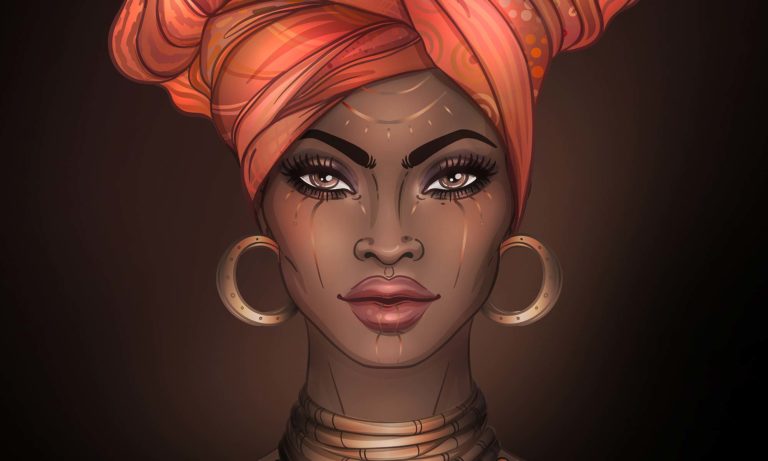

I love your article on the history behind the headwraps!! I’ve just started wearing them about 2 months ago and I LUV IT!!
I am excited about headwrapping! I’m also a newbie and an eventual addict. Thanks for reading!